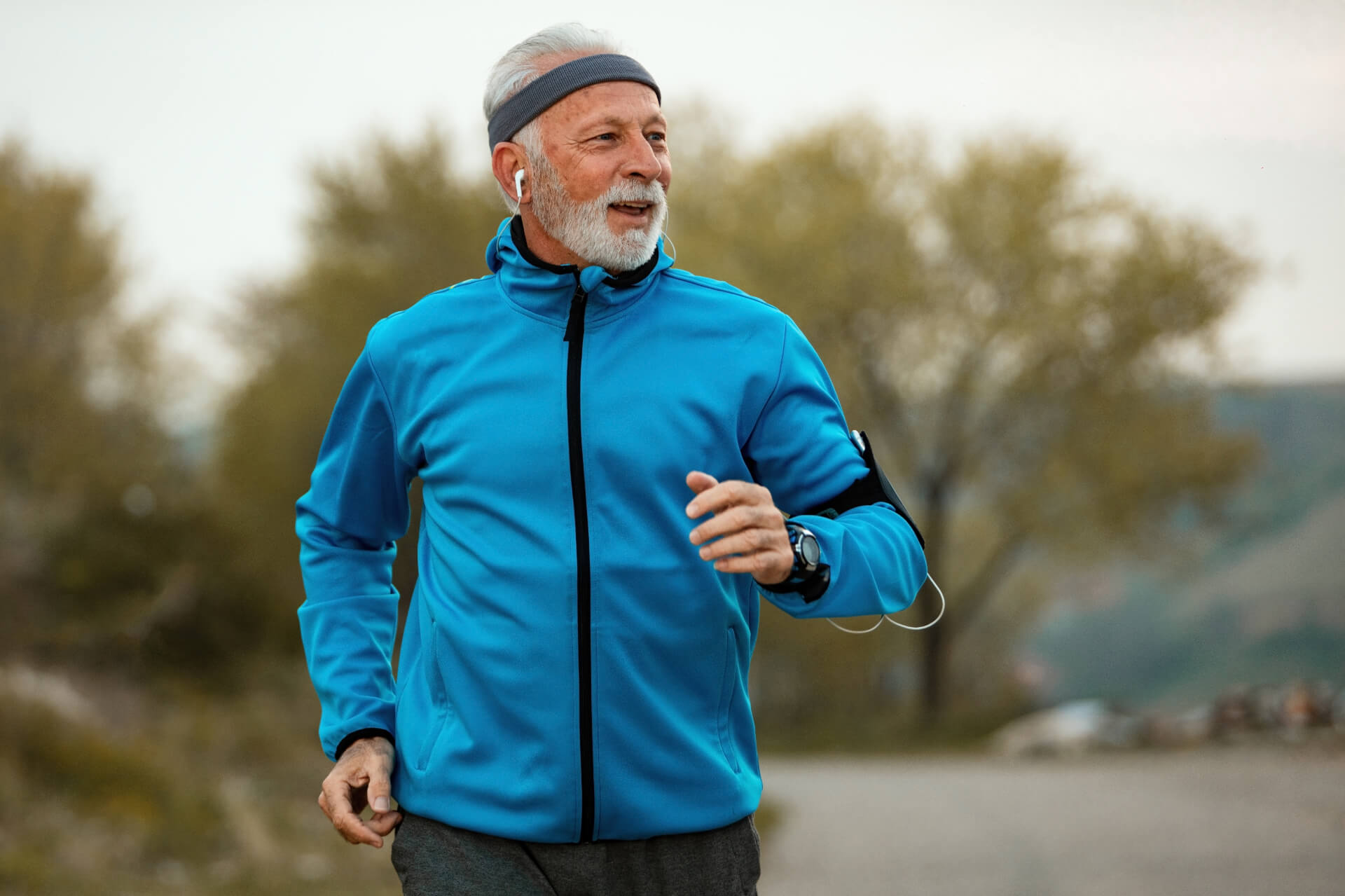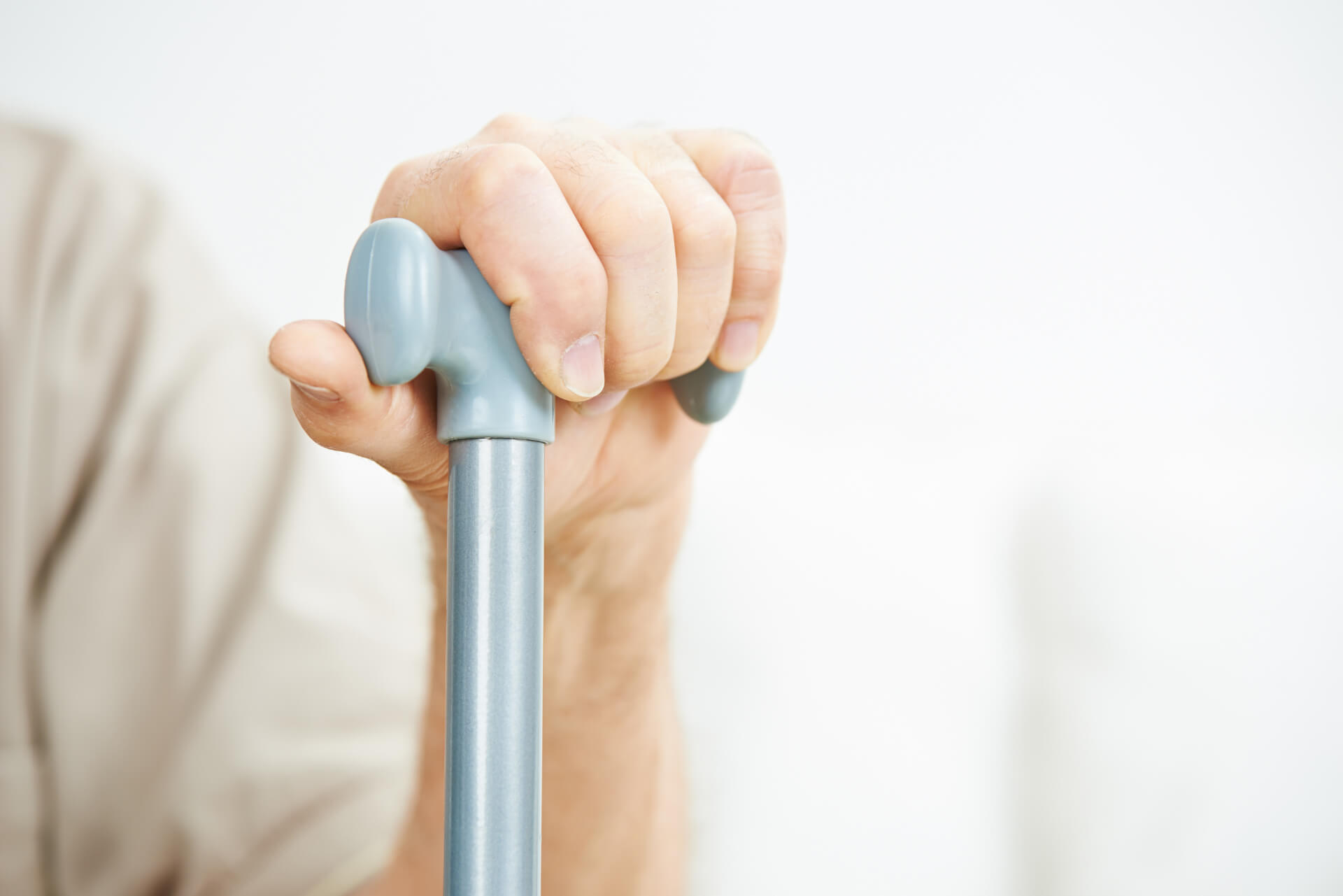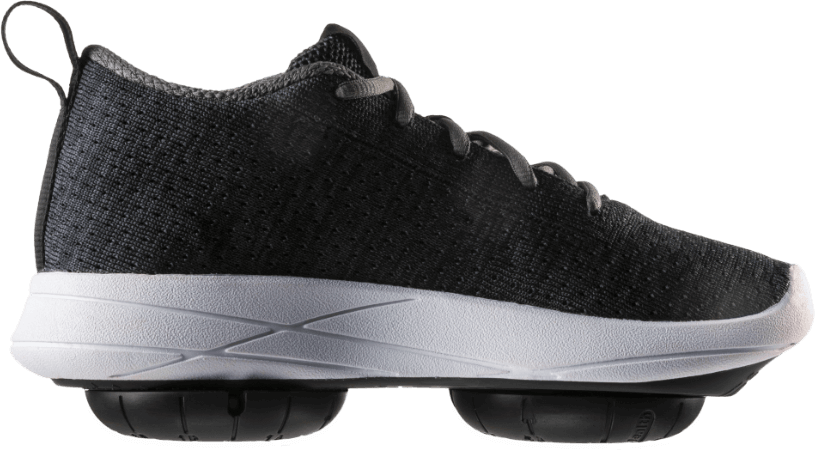
We often think of medicine in the context of treating people who are already sick or injured—that’s when most of us go to the doctor. But treatment is only part of the picture. Effective medical care focuses as much on preventing illness as on treating it, and in recent years the medical community has increased its focus on preventative care. Preventative care is exactly what it sounds like—preventing medical problems before they happen. Focusing on prevention makes sense: not only does preventative care avert unnecessary pain and suffering, but it also saves enormous resources that can be utilized to further improve care.

The importance of checking vital signs
Vital signs are a key tool in preventative medicine. Blood pressure, heart rate, and temperature are commonly used as indicators of current wellbeing as well as an accurate predictor of future health hazards—like a window into your wellness. But traditional vital signs are not the only predictors of future health. In recent years, clinical reasearch has been showing that gait (walking mechanics) in general, and walking speed in particular, can also be an important indicator of future functional ability—the ability to do daily tasks such as bathing, dressing, and basic housework.
Gait has been linked to how likely someone is to be hospitalized, become dependent on a walker, or experience an adverse event like a dangerous fall. It can even help predict how long it will take a patient to be rehabilitated from a negative event. Scientific researchers assess gait and walking speed in a similar way that a doctor would use blood pressure, pulse, or temperature to assess a patient’s health. In fact, it is such an accurate indicator that it is sometimes called the “sixth vital sign”.

Like other vital signs, gait and walking speed aren’t static. For example, as people age, their gait patterns often change, and their walking speed may slow down. Sometimes the change is caused by decreased flexibility and joint suppleness, but in many cases, the change is the result of pain.
Whenever we experience pain, we naturally try to compensate in posture, in the way we walk, and, possibly, by avoiding movement altogether. While our bodies are simply adjusting to minimize the negative experience of pain,there may be serious side effects, especially when gait and walking speed are impacted. It can become a vicious cycle—a person experiences pain and begins to walk more slowly, with a modified gait. The changed gait puts new stress on the person’s joints and muscles, causing more pain, and slowing the person’s gait speed—aka, the way they walk—even further.

Walking speed can be increased
Luckily, trained physical therapists and experts can treat issues related to gait (walking mechanics), and, in many cases, walking speed can even be increased. The key lies in re-educating the muscles to have better control of one’s movements and coordination. When these changes are made, the patient can also enjoy better movement patterns, function, and walking speed.
Similar to how there are ways to improve high blood pressure, for example, there are also ways to improve problems related to gait. So, if there’s one thing to definitely take away from this article, it’s that you don’t have to settle for having poor walking speed when there are ways to improve it.
If you have gait related issues such as knee osteoarthritis, check out options like AposHealth® that can help you improve your walking speed and your overall health and wellbeing.
Following 15 years of research and development, AposHealth® has treated over 100,000 patients around the world and is making it possible for people to take their lives back and enjoy better quality of life. AposHealth® has proven clinicial results and, additionally, 98% of knee osteoarthritis patients who used AposHealth® said that they would recommend it to friends and family1. Learn more about AposHealth® at https://www.aposhealth.com/.


